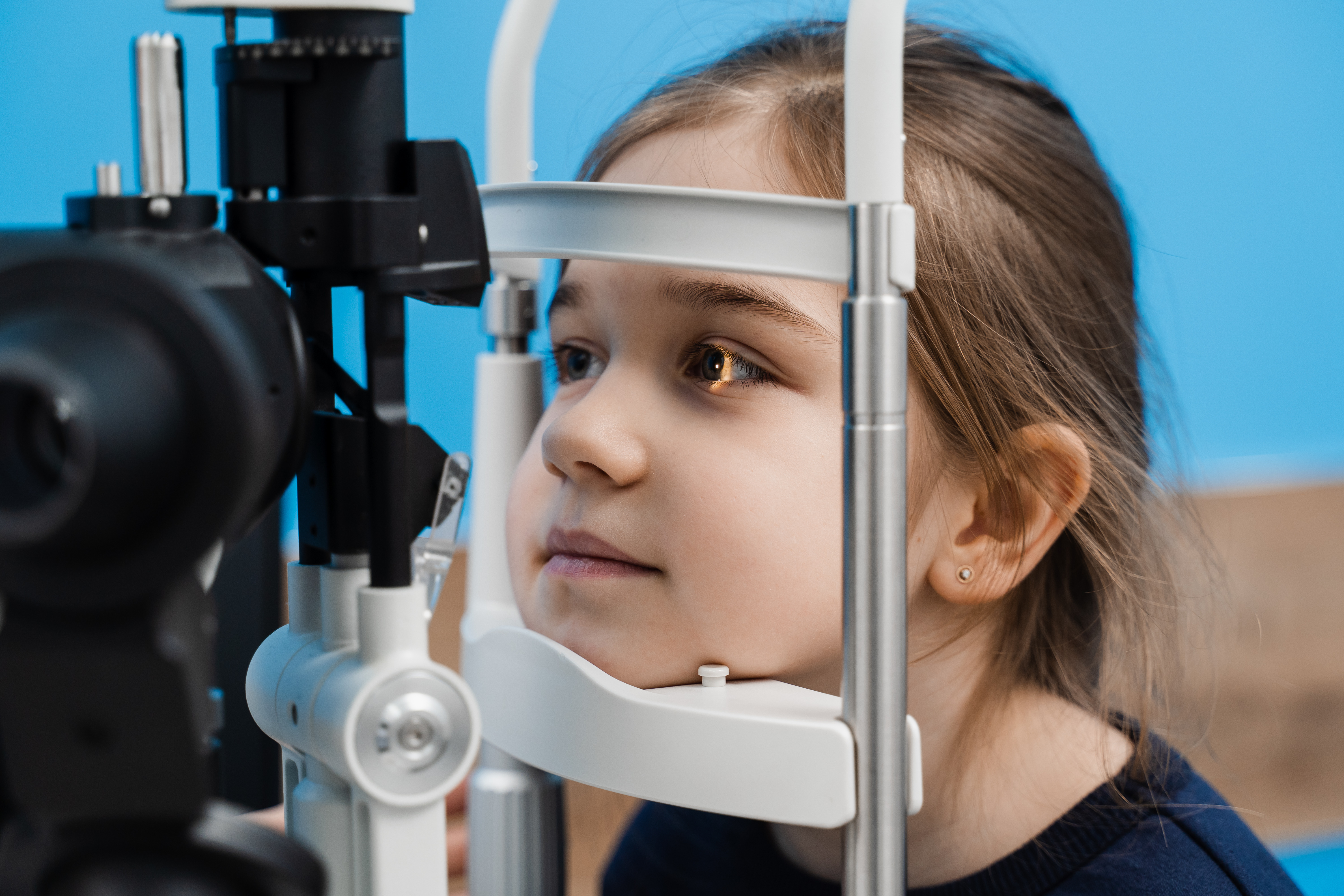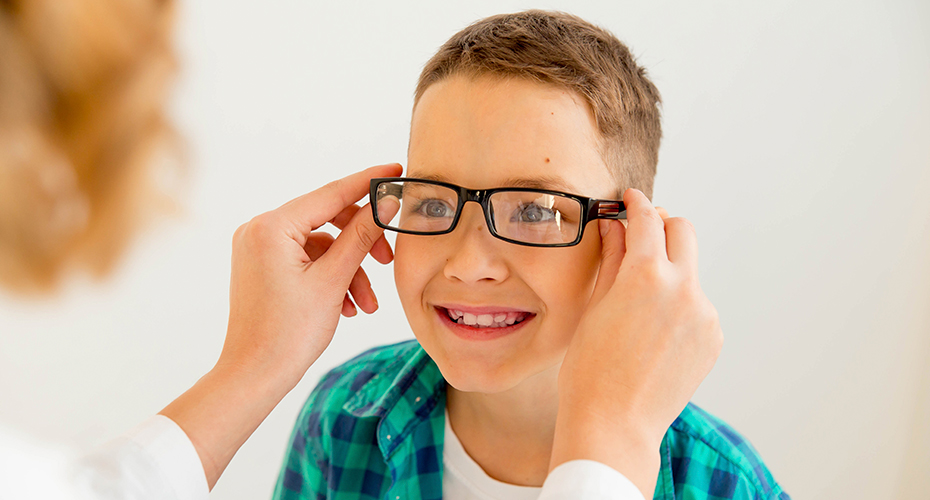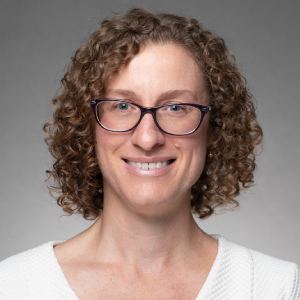Aug 8, 2024
Keeping an eye on kids' vision
Kids should have their vision checked by an eye doctor once a year for optimal eye health, as well as educational and social well-being, experts say.
“Vision develops throughout childhood, and it’s best to diagnose and treat eye problems early,” said Mei Mellott, MD, an ophthalmologist and eye surgeon at Atrius Health.
Yet most young children do not get eye screenings, according to the Centers for Disease Control and Prevention, which found fewer than half of preschool-age children have had their vision tested to check for common eye diseases.
Screening at a young age is key to catching vision issues, Mellott said. “Young children with blurry vision often will not complain about it because they may not know what normal vision is.”
And vision problems in kids can have a host of domino effects, affecting a child’s self-esteem, performance in school and social interactions.

Mellott notes that pediatricians are equipped to conduct vision screenings, and she encourages parents to ask about screening at their child’s health checkup.
Health plans, including not-for-profit Blue Cross Blue Shield of Massachusetts, offer coverage for eye exams for kids. Vision plans such as Blue Cross’ Blue 20/20 also offer coverage for annual eye exams, glasses and contact lenses for kids.
Blue Cross recently announced that its Blue 20/20 vision plan now provides enhanced coverage for children under 19 who are enrolled in the plan, including two eye exams that are fully covered at a $0 copay and one pair of replacement lenses.
“We want to make sure all kids can get the vision care they need,” said Blue Cross Vice President of Product Management and Innovation Rachel Vorobyev. “We know that vision changes more often for children than for adults and that diagnosing and treating eye problems early helps support kids’ overall health, learning and development. We also know that school screenings may not detect all vision issues. That’s why we’re ensuring that all kids can get two comprehensive eye exams each year at no charge.”

Dr. Mellott, a Blue 20/20 in-network provider, offers the following tips to parents:
- Newborns, infants and toddlers should be screened by pediatricians or pediatric clinicians.
- Screenings for older kids can be performed by school nurses, school physicians, pediatricians and other health care providers.
- Kids should get annual screenings when they start preschool or kindergarten through grade 5; one screening in grades 6-8; and one screening in grades 9-12.
- Screening can be done with either a vision screening machine or an eye chart from ages 3-5; an eye chart is used for ages 6 and up.
- If child struggles to have a vision screening performed by their pediatrician, they can be referred to see an eye doctor who has experience examining children.
- Outside of these guidelines, Mellott encourages parents to use their judgment: “If you think something is wrong with your child’s vision, get it checked out.”
These are some common vision issues
Dr. Mellott sees in children:
Refractive errors (such as nearsightedness, farsightedness and astigmatism) make it hard for children to see clearly. Refractive errors are determined by the shape of the eye.
Treatment of refractive errors in children includes wearing glasses or contact lenses to improve vision.
Amblyopia (decreased vision, or “lazy eye”) occurs when vision does not develop properly during childhood.
Common causes of amblyopia are refractive error, strabismus (eye misalignment) or physical issues with the eye, such as a cataract, that may block a child’s vision, Mellott said.
“It’s important to treat amblyopia when a child is young to give their vision the best chance of developing properly,” she said. She noted that amblyopia can be treated with glasses, eye patches or eye drops.
Strabismus (eye misalignment) is when the eyes are not straight and are pointing in different directions. A child with strabismus should be referred to a pediatric eye doctor. Glasses or eye muscle surgery may be an option.
“My goal is for every child to have the best possible vision,” Mellott said. “Advances in vision screening technology and treatment mean that more children can experience good eyesight.”
Did you find this story informative?
All Coverage content can be reprinted for free.
Read more here.

